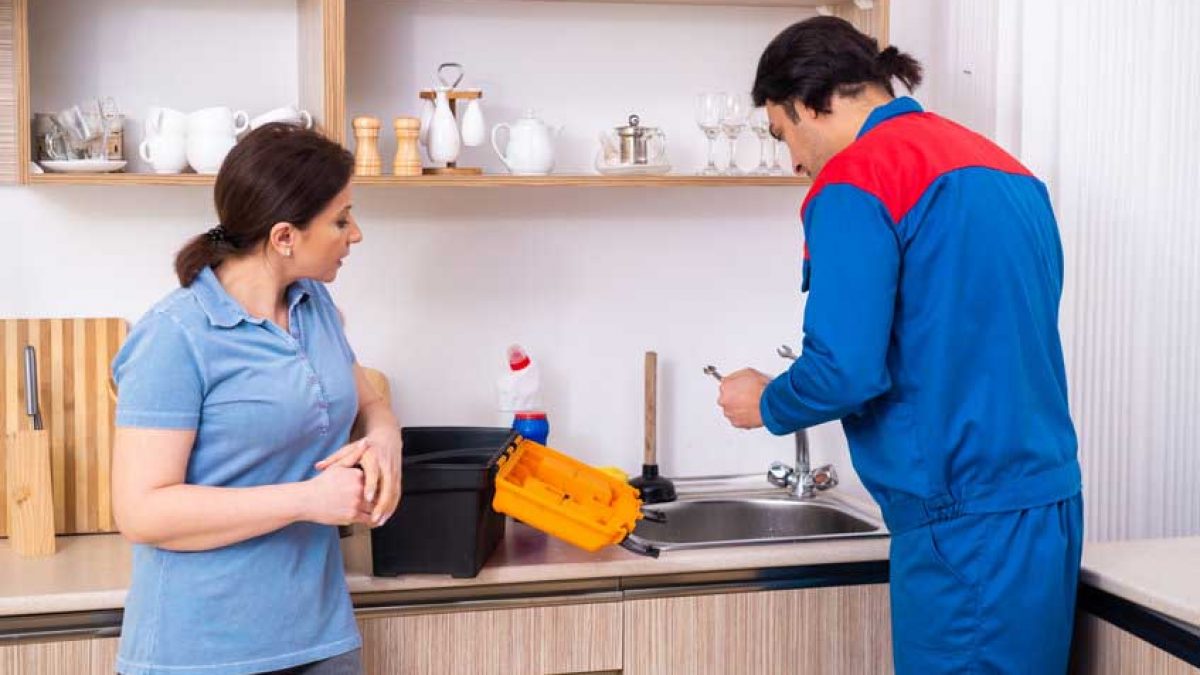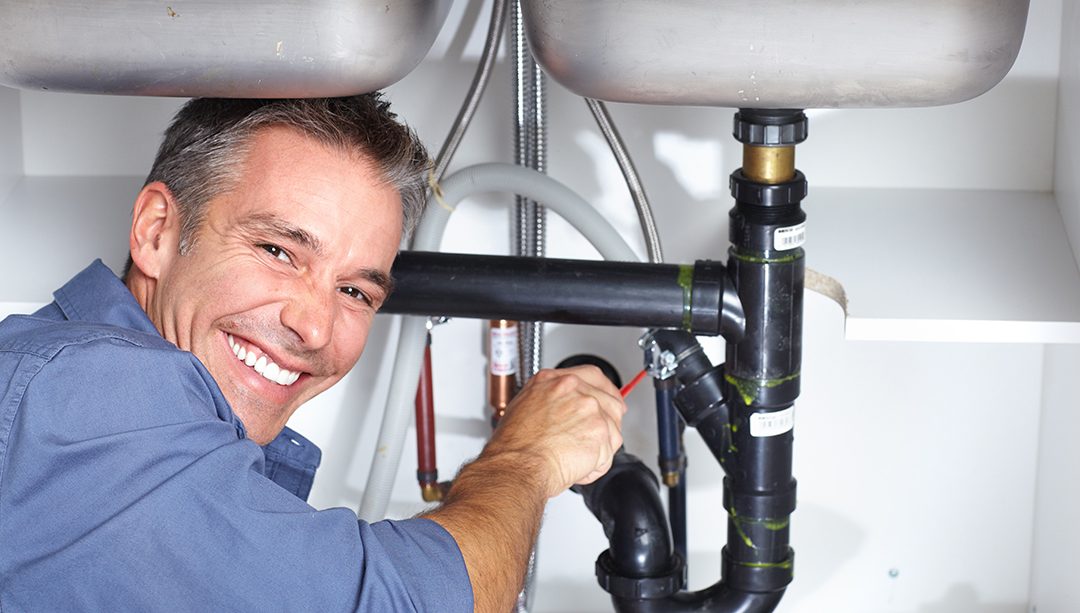Right here on the next paragraphs you will find a good deal of superb expertise with regards to Plumbing Problems In Old Homes.

Older homes usually feature appeal, personality, and history, yet they can likewise bring a host of pipes problems. Whether you're handling aging pipes, low water pressure, or leakages, knowing exactly how to resolve these usual issues is critical to keeping a safe and useful home. In this guide, we'll discover the normal pipes difficulties encountered by older homes and provide functional solutions to maintain your pipes in leading form.
Understanding Common Pipes Concerns
Aging Pipes
One of one of the most common problems in older homes is aging pipelines. Relying on the period in which your home was constructed, the pipes could be made from products that have actually degraded with time, such as galvanized steel, cast iron, or even lead. These materials can wear away, come to be weak, or establish leaks, leading to water damage and potential carcinogen.
Low Water Pressure
If you're experiencing low tide pressure, it could be due to natural resources, deterioration inside the pipelines, or old fixtures that are no longer operating successfully. This can be a major inconvenience, especially in areas like showers and sinks.
Leaking Pipelines
Leakages are one more frequent problem in older homes, commonly caused by rusty or worn-out pipelines. Even tiny leaks can result in significant water damages, mold development, and raised water costs otherwise dealt with without delay.
Out-of-date Components
Out-of-date pipes fixtures such as taps, bathrooms, and showerheads not just look old but may also be less effective, vulnerable to leaks, or incompatible with modern-day plumbing requirements.
Pipe Corrosion
Rust is a typical trouble in older pipelines, specifically those made from galvanized steel or cast iron. Rusty pipes can restrict water flow, trigger discoloration, and eventually cause leaks or pipeline ruptureds.
Examining the Condition of Your Plumbing
Evaluating Visible Pipelines
Start by checking any kind of visible pipes in your house, such as those in cellars, crawl spaces, or under sinks. Search for indications of deterioration, leakages, or corrosion, which can indicate underlying problems.
Looking for Leakages
Check for leaks by examining areas around taps, commodes, and under sinks. You can also check your water meter prior to and after a duration of no water make use of to spot concealed leaks.
Water High Quality Screening
Older pipes can influence the top quality of your water. Conduct a water quality examination to check for contaminants such as lead, rust, or other contaminations that may be introduced by maturing pipes.
Solutions for Common Pipes Concerns
Replacing Aging Pipelines
If your home has old, weakening pipelines, think about replacing them with modern products like copper or PEX. This can be a substantial financial investment, yet it will certainly stop future concerns and boost the safety and security and reliability of your pipes system.
Dealing With Low Tide Stress
To repair low water pressure, begin by cleansing or replacing old components and removing mineral buildup in the pipelines. If the issue persists, it might be essential to change areas of corroded pipelines.
Repairing and Replacing Leaking Pipelines
For tiny leakages, you can utilize pipeline clamps or epoxy putty as a momentary fix. Nevertheless, it's best to replace leaking pipelines totally to avoid more damage.
Updating Fixtures
Upgrading old components to modern-day, water-efficient models can improve your home's plumbing performance and decrease water usage. Try to find components with the WaterSense tag for the best effectiveness.
Dealing with Pipeline Corrosion
If your pipelines are worn away, changing them with corrosion-resistant products like copper, PVC, or PEX is the most effective option. Routine examinations and water high quality maintenance can aid stop even more corrosion.
When to Call a Professional
While some pipes concerns can be managed with do it yourself services, there are times when it's ideal to call in a specialist. If you're managing significant leakages, considerable rust, or are unsure about the condition of your pipes, an accredited plumbing technician can offer expert analysis and repair.
Preventive Maintenance Tips
Routine Examinations
Routinely inspect your plumbing system for signs of wear and tear. Catching issues early can stop expensive repair work down the line.
Water Pressure Guideline
Guarantee your water pressure is within the suggested array to prevent worrying your pipes and fixtures. A plumber can install a pressure regulatory authority if required.
Water High Quality Upkeep
Set up water filters or softeners if your water high quality is poor. This can protect your pipes and components from damages triggered by tough water or pollutants.
Aggressive Pipeline Substitute
If your home has older pipelines, take into consideration proactive substitute prior to major problems emerge. This can conserve you from emergency fixings and water damages.
Verdict
Handling pipes issues in older homes requires a combination of caution, precautionary upkeep, and timely upgrades. By comprehending the typical obstacles and knowing when to seek expert aid, you can guarantee your pipes system remains functional and reliable for years to find.
Common Plumbing Issues in Older Homes and How to Fix Them
Owning an older home in Australia comes with its unique charm and a set of challenges, especially when it comes to plumbing. The Sunshine Coast has many older properties that can harbour plumbing problems that aren t just inconvenient but potentially costly. Here s a look at some common plumbing issues in older homes and expert advice on how to handle them.
Outdated Piping Materials
Many older homes were built with galvanised steel, cast iron, or even lead pipes, materials that are far from ideal by today s standards. Galvanised pipes are prone to corrosion and clogging, while lead pipes pose serious health risks.
How to Fix:
Replacing old pipes is a job for a professional. Upgrading to copper or PVC piping not only enhances water quality and flow but also increases the property s safety and value. If you suspect your home has outdated materials, a licensed plumber can conduct a thorough inspection and recommend the best course of action.
Corrosion and Pipe Degradation
Over time, exposure to water and minerals can cause pipes to corrode, leading to leaks, bursts, and water contamination. Corrosion is especially common in homes over 50 years old.
How to Fix:
Regular inspections can catch early signs of corrosion. If corrosion is found, the affected section of piping often needs to be replaced. For homes with extensive corrosion, a complete plumbing overhaul might be necessary. It s crucial to consult with a plumbing expert to understand the extent of the issue.
Tree Root Intrusion
Older neighbourhoods usually have mature trees whose roots can intrude into pipe lines, causing blockages or damage. This is particularly problematic for sewer lines, where roots seek out water sources.
How to Fix:
A plumber can use a specialised camera to inspect sewer lines for root intrusion. If roots are a problem, methods like root cutting or hydro-jetting can clear the obstruction. In severe cases, part of the pipe may need replacing. Consider root barriers around the piping to prevent future issues.
Inadequate Water Pressure
Low water pressure in older homes can be due to various factors, including corroded water lines, sediment build-up in pipes, or outdated fixtures.
How to Fix:
First, check if the low pressure is isolated to one area or throughout the house. Replacing old fixtures can sometimes resolve the issue. However, if the problem is more widespread, it might be due to sediment or corrosion. Flushing the system or replacing the affected pipes usually restores normal pressure. Again, a professional assessment is advisable.
Outdated Fixtures
Older homes often feature fixtures that are not only visually dated but functionally inefficient. This includes everything from toilets and taps to showerheads and washing machine hoses.
How to Fix:
Updating these fixtures can improve both water efficiency and the aesthetic appeal of your home. Modern fixtures are designed to conserve water, which can significantly reduce your water bill and lessen your environmental impact.
Conclusion
Maintaining the plumbing in an older home requires a proactive approach. Regular checks and updates are key to preserving these beautiful properties. If you re facing plumbing issues in your older home, it s best to call on experienced professionals like Green & Gold Plumbing & Gas. With the right expertise, even the most daunting plumbing problems can be resolved, ensuring that your home s character is maintained while its functionality is enhanced.
https://gandgplumbing.com.au/common-plumbing-issues-in-older-homes-and-how-to-fix-them/

As a serious person who reads on Main Plumbing Issues Found in Old Houses, I assumed sharing that blog post was important. Enjoyed our blog posting? Please share it. Let others discover it. I truly appreciate your readership.
Click For More Information
Comments on “How to Resolving Plumbing Challenges in Older Homes”